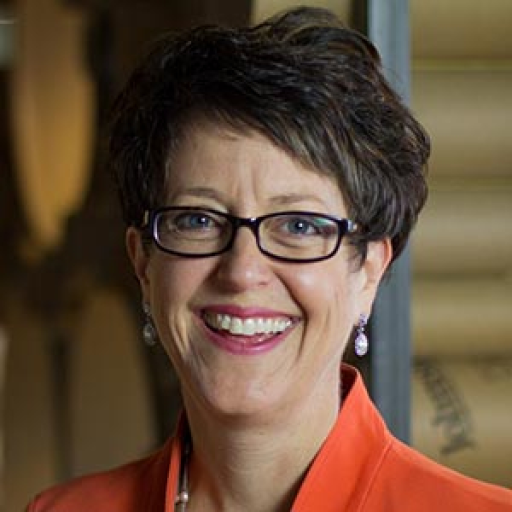Shelton Stat of the Week
90% of people around the world feel moderately to very strongly responsible to change their daily habits and purchase practices to positively impact the environment. – Global Eco Pulse®, 2024
For years, a largely unspoken question has plagued the sustainability movement: how do we create a sustainable future when we’re all in the business of selling more stuff?
Indeed, Instagram is full of carefully curated images of everybody’s latest purchases and buying and “unboxing” is portrayed as an identity-creating, meaning-making moment. (See this Amazon ad with Megan Thee Stallion.) It’s a part of our culture now; we are conditioned to buy, buy, buy. It’s been going on for decades…even George W. Bush told us to go out and buy stuff in the wake of 9/11, and today’s news is full of concern/focus/hand-wringing about things like the consumer price index and consumer spending as a marker of a healthy economy.
Yet all those purchases come with an environmental impact. Companies are realizing it’s near impossible to entirely remove that impact, hence the very real pressure suppliers are now feeling as their customers focus on reducing emissions in their supply chain (known as scope 3 impacts). Even with that, reducing environmental impact while still sourcing, producing, transporting and selling goods – not to mention the use of the goods and their eventual disposal – remains a really thorny problem.
The simplest solution, it seems to me, is for companies to figure out how to make money at repair and re-use, giving the market a lower impact way to buy. Simple, but not easy, I know.
Here are three things to consider in order to move in that direction:
1. You’ll have to redefine convenience: We have conditioned people to think of single-use as the most convenient. But what if it wasn’t? And what if re-use was actually a BETTER experience?
This is true of the reusable period products market. Once upon a time, this was strictly a single-use category. But the menstrual cup hit the scene several years back, and it’s now a $1.43 billion market. As we learned from women back in 2019, the cup and period panties offer better performance (fewer leaks), cost-savings (buy it once and use it over and over) and relief from both guilt and fear (no piles of used tampons and pads heading to the landfill; no concerns about the chemical content in those single-use products). This all adds up to a value proposition that is essentially a new definition of convenience.
2. You have to establish the infrastructure and train your employees: On one hand, many consumers have learned to carry a reusable water bottle around with them, and consumers are buying them – it’s currently an $8.41 billion market and expected to be a $10.9 billion market by 2031. On the other hand, people can only use those bottles if there are water refilling stations available.
As a focus group of one: I’m in a lot of airports and find it easy to refill my bottle there, but when I’m traveling in a car on a family vacation, I have yet to find refilling stations at rest areas or travel centers. And while I don’t always remember to bring my reusable cup to Starbucks, when I do, the person behind the counter often looks at me like I have two heads when I hand it to them and ask for my drink in it. That person usually has to ask someone who then has to explain that it’s OK and tell them what button to push on the register to give me my 10 cent discount.
3. You may have to do it yourself, leveraging existing channels: In an ideal world, consumers would be able to drop a product for repair at the retail store where it was purchased or plug into an easy-to-use refillable system at their favorite retailers. (Meaning: if they don’t remember to bring their own container, they can fill up a provided one, pay a deposit for it and get that money back when they bring it back.)
In conversations I’ve had with both brands and retailers, this appears to be a herculean challenge, so you may have to do it yourself. This is already starting: Levi’s has created its own recommerce site, Kiehl’s has installed refill stations in many of its stores (and now makes refilling available through e-commerce), and beverage makers attempted to figure out reuse at the Olympics. (Though from one NPR report, it sounds like this involved opening single-use bottles and pouring them into provided containers, which defeats the purpose – see point #2.)
At ERM Shelton, we are working closely with Sustainable Brands and several large companies to boil down how to communicate circularity stories to consumers to drive both engagement AND positive feelings about brands. We know from our ongoing Pulse research that reuse is a key behavior that “the most eco-friendly people I know” regularly do, and that matters because most of us want to be seen as someone who is eco-friendly. The brands that take us there will not only engender loyalty (if I buy a Kiehl’s reusable container, I’m likely to refill it with more Kiehl’s product, therefore creating predictable, repeat sales), they will also solve our waste problems and take another big step towards a net zero future.
 View all
View all 